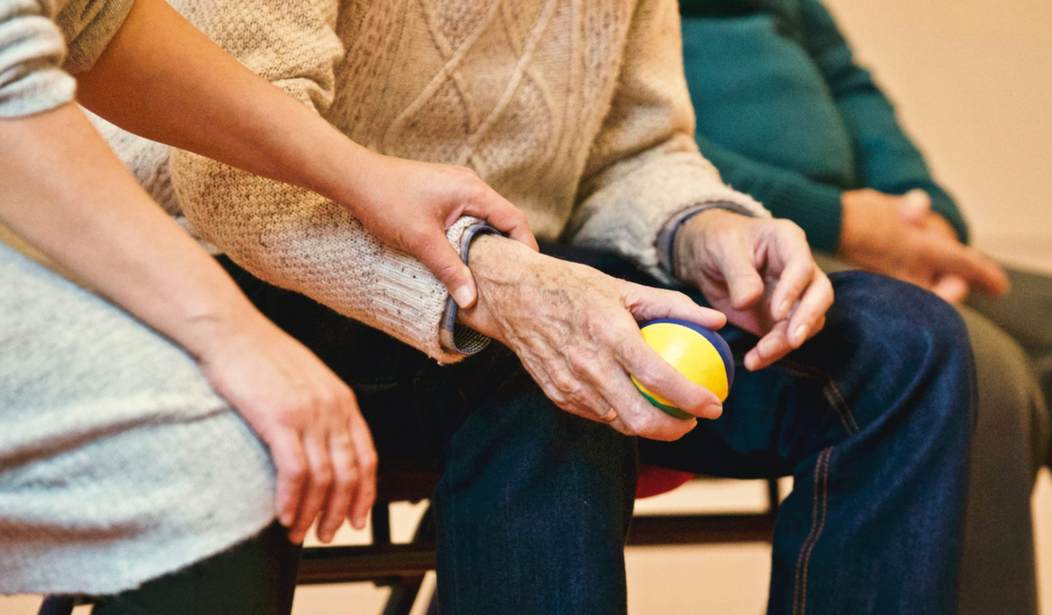Phil Kerpen, the president of the Committee to Unleash Prosperity, has been compiling data on nursing home deaths by state that have been attributed to the coronavirus, and there’s a lot of interesting things we can see in the data about the coronavirus.
I took a look at the data to see what I could see.
First, it should be noted that the sources for the data by state vary. Some come from government sources, others from media, and are updated at different intervals. Twelve states aren’t including nursing home deaths in their reporting. Some data, like that from New York, is considered bad because it excludes nursing home patients who die in a hospital. Nevertheless, the data compiled by Kerpen tells us a lot.
For starters, there is a huge range in the rate of coronavirus deaths in nursing homes of the 39 states we have data from. Minnesota tops the list with 81.3 percent of 534 deaths, while Nevada comes in at the bottom with 21.5 percent of 293 deaths in the state. If we look at just the states that have reported over 1,000 total coronavirus deaths, that range tightens, with Pennsylvania topping the list with 68 percent of 3,616 coronavirus deaths coming from the nursing home population. Indiana comes in at the bottom with 34.6 percent of 1,214 deaths coming from the nursing home population.
Of the 39 states (and Washington D.C.) that are reporting nursing home deaths, 19 states attribute more than half of their coronavirus deaths to the nursing home population.
But, what does that mean? A little context is necessary. How much of our population is made up of nursing home residents? “There are about 1.4 to 1.5 million people living in nursing homes,” according to Dr. Tanya Gure, section chief of geriatrics and associate professor in internal medicine at the Ohio State University Wexner Medical Center. If we go with the high estimate, that means that nursing home residents account for .46 percent of the population of the United States, yet nursing home residents account for approximately 43.4 percent of coronavirus deaths (or 51.6 percent if you double New York’s count to compensate for the exclusion of nursing home resident hospital deaths, per Kerpen’s suggestion). That’s a staggering statistic.
So, what does this tell us? For starters, it tells us that states need to do a better job protecting the most vulnerable populations. Professor Mark Woolhouse, an expert in infectious diseases in Scotland, led a study that determined current lockdown restrictions could be easily lifted as long the most vulnerable populations are left protected. According to Woolhouse, for the non-vulnerable population, the coronavirus is comparable to a “nasty flu.”
“If it wasn’t for the fact that it presents such a high risk of severe disease in vulnerable groups, we would never have taken the steps we have and closed down the country. If we can shield the vulnerable really well, there is no reason why we cannot lift many of the restrictions in place for others.”
_____
Matt Margolis is the author of the new book Airborne: How The Liberal Media Weaponized The Coronavirus Against Donald Trump, and the bestselling book The Worst President in History: The Legacy of Barack Obama. You can follow Matt on Twitter @MattMargolis










Join the conversation as a VIP Member